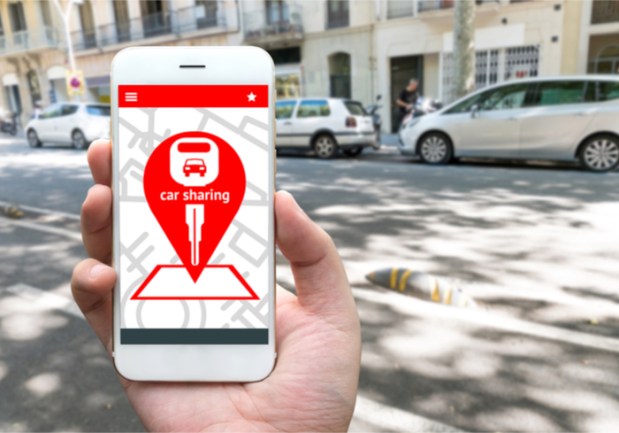How Early European Carshares Inspired Zipcar

In 1948, a cooperative in Switzerland brought an innovative transportation solution to life: The group, which was known as “Sefage,” created the world’s first carshare program.
“This early effort was mainly motivated by economics,” Susan Shaheen, Daniel Sperling and Conrad Wagner wrote in Transportation Quarterly in 1998. “Individuals who could not afford to purchase a car instead shared one.”
Still, it was a bumpy ride for the carshares. In 1983, for example, Sweden’s carsharing experiment “Vivalla bil” came to life, but it closed in 1998.
Other carsharing groups fared a little bit better: StattAuto launched in Berlin in 1988, enjoying growth of about 50 percent per year until 1996.
Yet StattAuto’s growth was limited as people moved out of Berlin and into the country. Without the same transportation options, many former city dwellers had to buy their own cars.
Carsharing in America
Neil Peterson, who led many transportation systems, had a penchant for incorporating European ideas into American cities. A former director of Seattle’s Metro, Peterson knew he had a winner when he came across carsharing.
It so happened that Seattle’s Metro system also had the same idea and put out a request for proposals for such a service. The only problem was that rental car agencies weren’t all that interested in the concept.
As a result, Peterson decided to take matters into his own hands: He formed his own carsharing concept with his friends called Flexcar in 2000. To get the company up and running, he convinced family members to invest and called on angel investors.
Flexcar took off: In 2005, the company was sold to a firm that was owned by ex-AOL Chairman Steve Case.
His idea didn’t go unnoticed by potential competitors. Flexcar had applied for federal funding, which meant anyone could read the company’s budget application — or its budget figures.
Antje Danielson, who was studying how countries reduce car trips, and Robin Chase, a stay-at-home mom who was looking to start a business, did just that: They came across the document and thought the idea could use some refinement.
Flexcar set its hourly rates at $3.50 for a car rental due to its government-subsidy business model. But Danielson thought a business could set rates higher while still keeping the rates under the $45 daily rates that conventional rental car companies charged customers.
The resulting business model became Zipcar, which ended up acquiring Flexcar in 2007. Like Flexcar, the idea gained traction: In 2013, Avis purchased Zipcar for a cool $491 million. Only three years later, Zipcar hit the milestone mark of gaining 1 million members.
The Future of Careshares
The evolution of carshares is not complete — at least not yet. Zipcar launched a program in late 2017 in which commuters in cities pay for a monthly subscription to gain access to unlimited cars during a workweek.
According to a report in The Wall Street Journal, the goal was to expand into other markets, beyond college campuses and cities where people don’t own cars.
With the new program, customers get access to a car for unlimited and exclusive use from 5:00 A.M. Monday through 7:00 P.M. Friday for $199 to $299 a month, with the price varying by city.
The program, which officially launched in October, started as a trial for commuters living in New York City. Zipcar said it would slowly roll out the concept to more cities.
“This is meant for someone who lives in the city, who doesn’t really want to own a car because it’s expensive and it’s a hassle, but they still need to get to work every day,” Tracey Zhen, Zipcar’s president, said in an interview with the WSJ.
Zipcar faces tough competition the early carshares in Europe never faced — from Uber and Lyft. But, by offering a cheaper way for commuters to get around during the week, Zipcar is hoping to remain relevant in a quickly changing marketplace.
